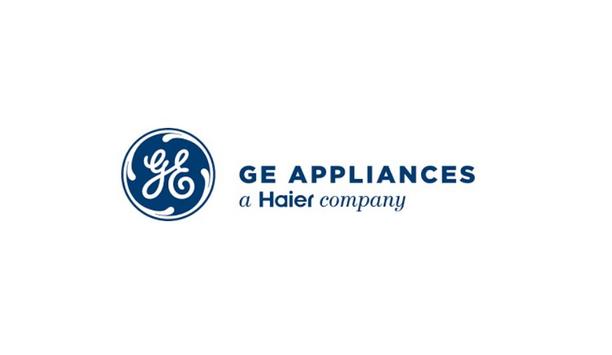The 2023 Old Farmer’s Almanac offers some interesting news for the US for this winter. The almanac calls it “a tale of two winters.” That means mild temps for the western states and cold and snowy for the Midwest and the East Coast.
According to the almanac, southern US states can also expect lower temps in 2023 with higher precipitation for the southeast. No matter where an individual lives, however, it is time to start winter HVAC preparations. Below is a list of things individuals can do to prepare their commercial or residential systems for the coming season.
Commercial Winter HVAC Preparations
The following is a list of winter HVAC prep for commercial buildings:
Inspect the HVAC System
An assessment gives building managers an accurate measure of how well their system performs
While inspections of mechanical systems are always recommended, the fall is an excellent time to do it. A good place to start is with an HVAC Hygiene Assessment to verify the cleanliness and performance of the system. An assessment gives building managers an accurate measure of how well their system performs. It’s also a key part of maintaining good indoor air quality.
The evaluation includes a visual inspection for cracks and leaks in the ductwork. It also includes an inspection of the AHU, drain pan, and blower for cleanliness. A clean system is a more efficient one and that lowers energy costs. No winter HVAC preparation is complete without an inspection.
Schedule Basic Maintenance
Keeping the HVAC system running properly requires ongoing maintenance. For example, it’s important to replace clogged and dirty filters, calibrate thermostats, and clean vents and ductwork.
The HVAC New Life Restoration system includes a thorough cleaning of the air handling unit. The process also includes several steps to improve efficiency and prolong the life of the equipment.
- PURE-Steam
The first step is PURE-Steam. This includes the use of high-temperature steam used at a low pressure to dislodge dirt and debris. Once knocked free, a powerful vacuum collects loose particles.
- PURE-Cell
Other steps for winter HVAC preparations include PURE-Cell. This step replaces old insulation with zero-porosity, fiberglass-free material that won’t break down in harsh conditions.
As fiberglass degrades, particles enter the airstream and travel throughout the buildings. This threatens the health of building occupants. PURE-Cell prevents that.
- PURE-Coat
The next step in winter HVAC prep is PURE-Coat. This anti-viral, anti-microbial siloxane coating covers the AHU. PURE-Coil, on the other hand, coats the evaporator coil while PURE-Liner protects the drain pan.
The anti-viral coating used as a part of the restoration process is certified to protect in every type of weather from arctic air to salty, tropical conditions. It is beneficial for winter HVAC preparations anywhere in the US.
Residential Winter HVAC Prep
Winter HVAC prep isn’t for commercial buildings alone. The HVAC systems in residential homes must be maintained as well. Fall is also a good time to take care of the basics.
Test the System
Set the thermostat to the temperature individuals enjoy during the winter
An easy winter HVAC preparation task for homeowners in the fall is a simple tune-up. Set the thermostat to the temperature individuals enjoy during the winter and verify that the system heats up to that temperature.
If it fails to reach the temperature or takes an extended period to do so, call a professional.
Professional Maintenance
Basic maintenance tasks performed by the homeowner include a visual inspection of burner safety settings as well as heat exchangers. Changing filters is also something homeowners should keep on top of.
Beyond these items, the help of an HVAC professional ensures a properly running system. At the very minimum, the system should be checked by a professional every year. The fall is a great time to do this.
Winter HVAC Prep Includes Insulation
Add insulation or other coverings to pipes and cover any exposed part of the system
Protect exposed pipes from freezing and cracking. For example, foam covers work well. Add insulation or other coverings to pipes and cover any exposed part of the system. Check the heating and cooling vents for drafts. For systems located outside, cover any exposed section of the unit.
Use a furnace cover, preferably one with a good fit. Check with the manufacturer for the right type of system. Also, avoid fabric covers that attract rodents.
Learn More About Winter HVAC Prep
Winter HVAC preparations are important for facilities managers with multiple buildings and systems as well as for homeowners.
Keeping on top of cleanings, inspections, and maintenance saves money over time in repair costs and extends the life of the equipment. A well-run system also improves indoor air quality.















